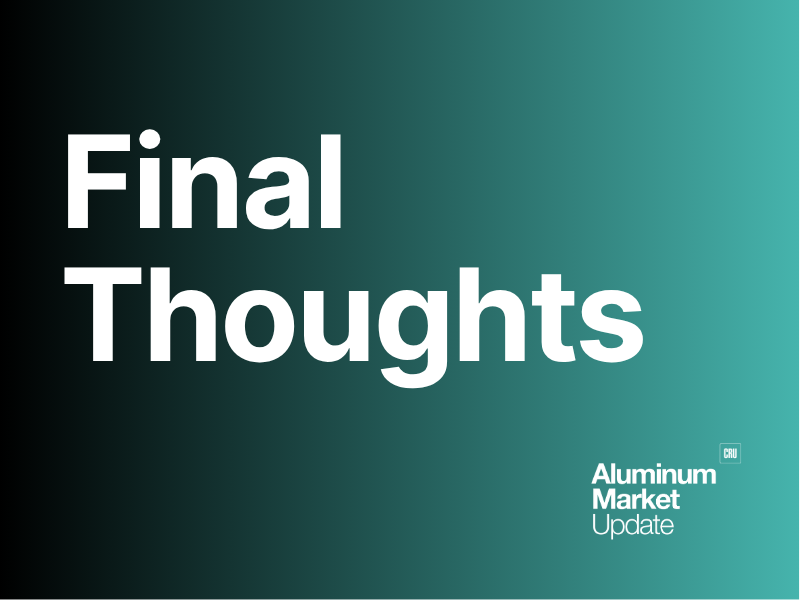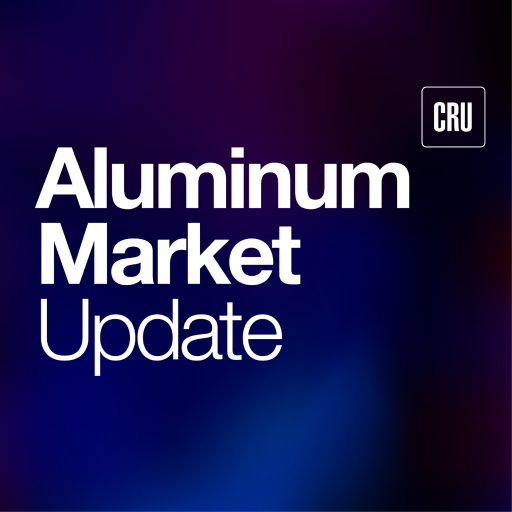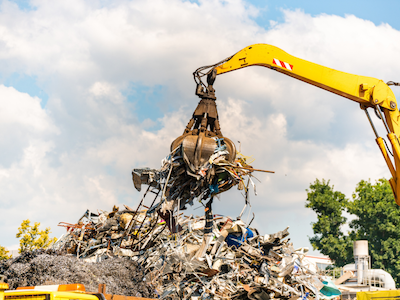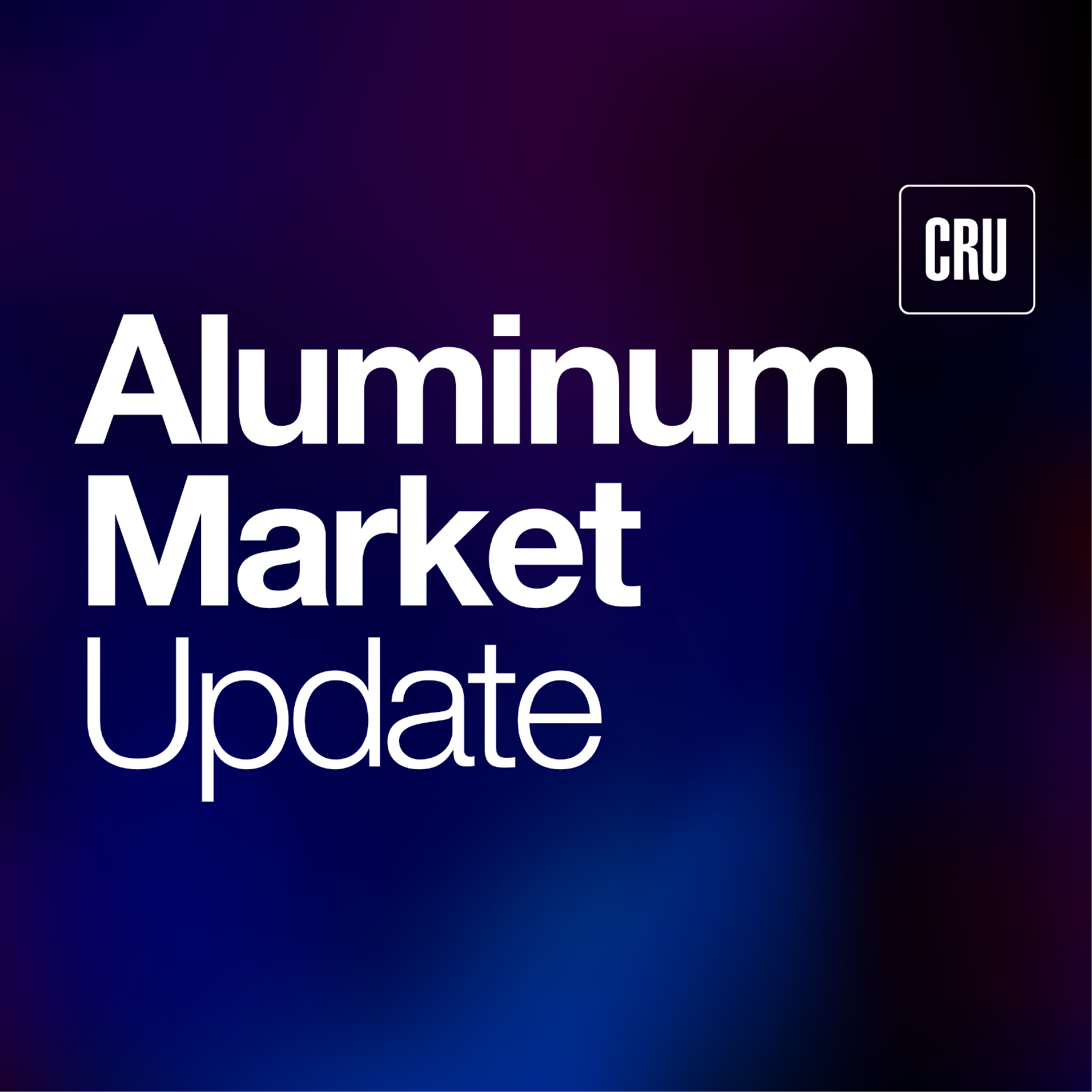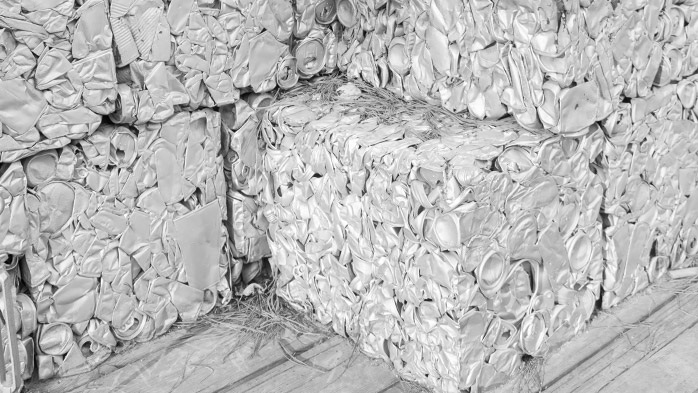Aluminum Scrap Markets
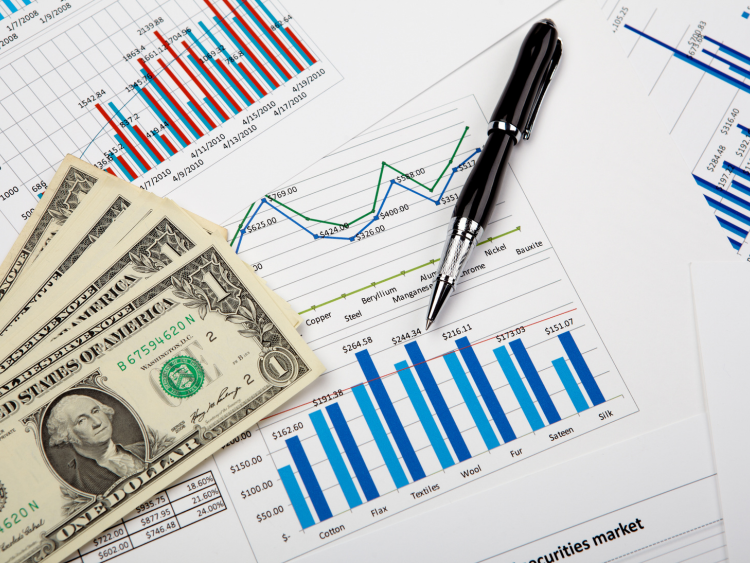
October 24, 2025
Hydro's Q3 results show stable output but volatile margins
Written by Nicholas Bell
Norsk Hydro reported stable third-quarter production and shipments despite a turbulent aluminum market throughout the period.
The results show Hydro holding its operational footing even as profitability becomes harder to predict as margins swing sharply year over year, and even quarter to quarter.
Hydro Aluminum Metal
Hydro Aluminum Metal, the primary aluminum operating arm, increased production by 2% year over year to 522,000 metric tons (t) and lifted casthouse shipments by 1% to 529,000t over the same period. Both categories edged higher from the second quarter as well, extending a five-quarter run of production stability across its smelting network.
Despite steady volumes, segment earnings fell 16% from Q3’24 to NOK 2.7 billion as higher fixed costs and currency effects outweighed slightly lower raw-material prices.
Hydro entered the fourth quarter with about 72% of production booked at $2,597/t, below the current London Metal Exchange (LME) three-month forward contract, which surpassed $2,800/t this week and last settled near $2,850/t.
The company locked in a large share of output before that rally, securing near-term visibility but limiting its ability to capture the full benefit of the recent market rally.
The company also booked about 40% of its fourth-quarter business at an average premium of roughly $423/t (~19¢/lb). Even so, the company expects its average realized premium for Q4 to range between $310-$360/t. The gap indicates a lag between spot market strength and Hydro’s contract cycle, with more recent, higher-priced sales offset by shipment booked earlier at lower levels.
CFO Trond Olaf Christophersen said Hydro temporarily increased its standard-ingot production mix, which could pull average realized premiums below prevailing European levels in the next quarter. The shift toward greater ingot production was driven by customers drawing down inventories, rather than weak end-use demand.
Metal Markets
Hydro’s Metal Market division increased product (excl. ingot trading) shipments by 2% to 645,000t and segment revenue by 3% year over year, but segment earnings before interest, taxes, and depreciation and amortization (EBITDA) fell 44%.
The contrast between a significant drop in EBITDA amid slightly higher shipment and revenue figures suggests the business moved more metal at far thinner margins. Scrap buyers have chased limited feedstock, often paying higher prices to keep material moving. At the same time, shifting trade flows and higher input costs likely squeezed the spreads Hydro earned on recycled and sourced metal.
The division’s recycling production rose 3% year over year to 174,000t but dropped 17% from the prior quarter, confirming how sharply feedstock availability tightened through the summer.
The company maintained higher output than a year ago but could not sustain early-2025 operating rates once scrap flows redirected to the U.S. market.
The company noted the Directorate-General for Taxation and Customs Union of the EU Commission has an announcement regarding the ban on scrap exports slated for late Q4, a postponement from the planned Q3 announcement.
Segment earnings fell 44% from the prior quarter as well, nearly matching the year-over-year decline. The sequential drop illustrates how quickly profitability eroded once this year’s tariff-driven market dynamics took hold. The year-over-year comparison reflects a structurally weaker backdrop, while the sequential drop shows the full impact of those dynamics.
Extrusions
Extrusion operations delivered one of the company’s bright spots.
Hydro grew extrusion shipments by about 1% to 242,000t year over year, with a 26% year-over-year increase in EBITDA on a 4% increase in sales.
The earnings jump came from a more profitable product mix, improved cost efficiency, and higher realized prices on architectural and distribution orders.
Third quarter North American extrusion shipments increased by 5% to 104,000t from the prior year period, despite a 3% drop from the second quarter. Conversely, shipments to their Building Systems and Precision Tubing end markets both declined by 1% and 4%, respectively, as well as a sequential volume decline.
Across different subsegments, building and construction year-over-year shipments grew 4% and distribution deliveries rose by 8%, together representing over 40% of the extrusion division’s sales.
Despite the sharp uptick in EBITDA from the previous year period, sequential earnings fell by 12% from Q2, consistent with seasonal slowdowns and lower industrial activity over the summer.
The earnings presentation cited CRU Group’s forecasts showing North American extrusion demand rising 5% year over year in Q4’25 and 4% in Q1’26, though Hydro expects “increasing pressure in both extrusion and recycling margins” moving forward. (CRU Group is the parent company of Aluminum Market Update and Steel Market Update.)
Aluminerie Alouette power agreement
Hydro’s 20% stake in Aluminerie Alouette gave the company one of its most consequential developments in the quarter.
In July, the smelter, located in Sept-Îles, Québec, signed an agreement with the Government of Québec and Hydro-Québec to extend hydroelectric power supply from 2030 through 2045.
The revised formula maintains the risk-sharing power-pricing model but introduces higher returns to Hydro-Québec when aluminum prices are strong, while shielding the smelter from added exposure in weaker markets.
Those adjustments take effect after the current 2029 agreement expires.



